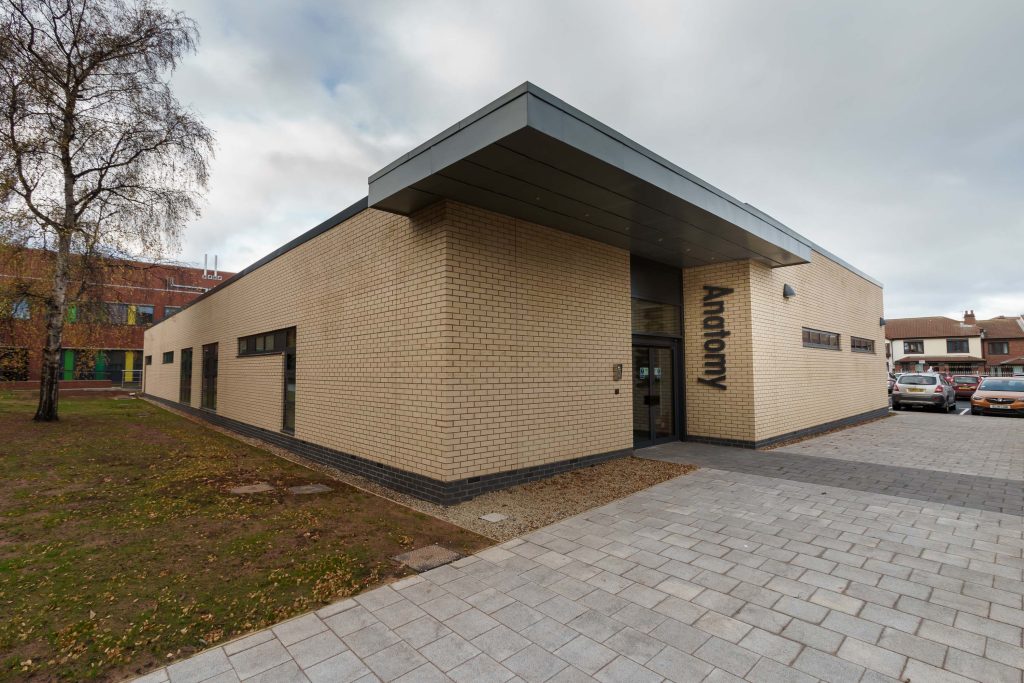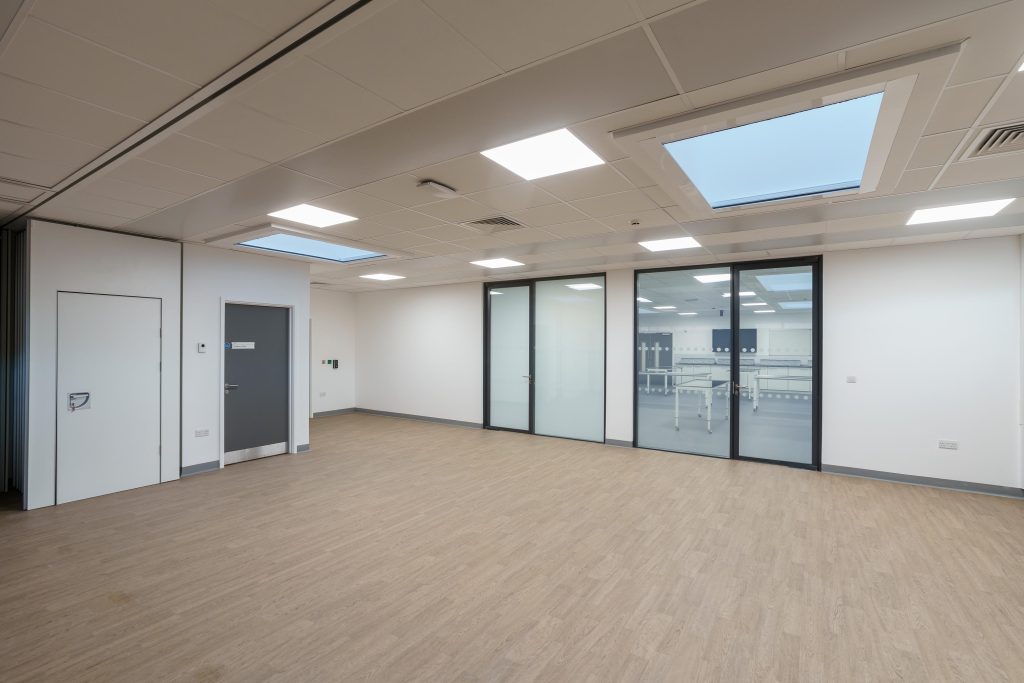Ideas & Observations
It’s finished! First look inside Sunderland’s new centre – vital to producing exceptional medics of the future
January 26, 2022
Work on the University of Sunderland’s new multimillion-pound facility to help train the next generation of medical professionals is now complete.
A year in the making, the Cadaveric centre based on City Campus, further enhances the facilities at Sunderland’s School of Medicine, launched in 2018, providing a great future for the teaching of anatomy.
As well as providing vital training for other students within the Faculty of Health Sciences and Wellbeing, the centre will also benefit many of the region’s current surgeons and surgical trainees, providing vital facilities.
A key feature of the facility is the range of dedicated, state-of-the-art learning environment for staff and students, influencing the education of future generations of doctors, nurses and other key healthcare workers. A Quiet Room has also been created, which will provide a reception area for visitors and for those students who need to take time out from the anatomy laboratory, offering a restful and tranquil place for quiet counselling and contemplation.
The Cadaveric centre has been established with the help of generous funding from the Sir James Knott Trust and the Garfield Weston Foundation. An official opening takes place on March 2, with specially invited guests and partners from across the region and UK.

University of Sunderland’s new Cadaveric Facility Picture: DAVID WOOD
Debs Patten, Professor of Anatomy at the University, who has been instrumental in supporting the design brief for the Cadaveric centre, said: “The University has invested significantly in the design and build of our new facility to ensure the continued excellence of our anatomy teaching provision, which will be of huge benefit to our institution and indeed the wider region.”
She added: “Anatomy is widely appreciated as being one of the most significant elements of medical education.
“Digital resources are highly effective educational tools, but cannot reproduce the variability and complexity of the human body and for this reason, medical students and their educators consider cadaveric anatomy to be the gold standard for anatomy education.
“Most UK medical students will study cadaveric anatomy – in fact only a handful of UK medical schools do not offer cadaveric anatomy – but cadaveric provision for allied healthcare students is often limited. Our facility will offer cadaveric provision for our medical students and our allied healthcare students.”
The facility will permit learners to improve their depth perception, spatial orientation and visualization of body structures below the skin.

University of Sunderland’s new Cadaveric Facility Picture: DAVID WOOD
Professor Patten added: “A hands-on experience uniquely provides authentic tactile information on tissue texture which, when coupled with 3D visualization of anatomic structures, offers learners highly memorable learning experiences.
“In addition, cadaveric anatomy is often students’ first encounter with death and it provides educators with a unique opportunity to teach students about death and to respect their patient at all times, in life and in death.”
As well as the University’s medical students, the centre will also be used by those on other programmes including paramedicine, physiotherapy, nursing and others.
Professor Patten adds: “The opportunity to provide a cadaveric facility and resources will be of great benefit to our surgeons and surgical trainees across the region as we will be able to host cadaveric Continued Professional Development (CPD) Courses.
“Provision of CPD for surgeons will enhance our reputation and have positive impact within the region, providing training and research opportunities for our surgical colleagues.”
Andrew Bumfrey, Associate Director of Space Architect, who designed the new centre, said: “It has been fantastic to closely collaborate with the School of Medicine to create this unique brief, generate a bespoke design response and achieve full planning approval.
“The project provides a great future for the teaching of anatomy and further enhances the School’s facilities. The new building supports a range of dedicated, state-of-the-art learning environments for staff and students, influencing the education of future generations of doctors, nurses and other key healthcare workers.”